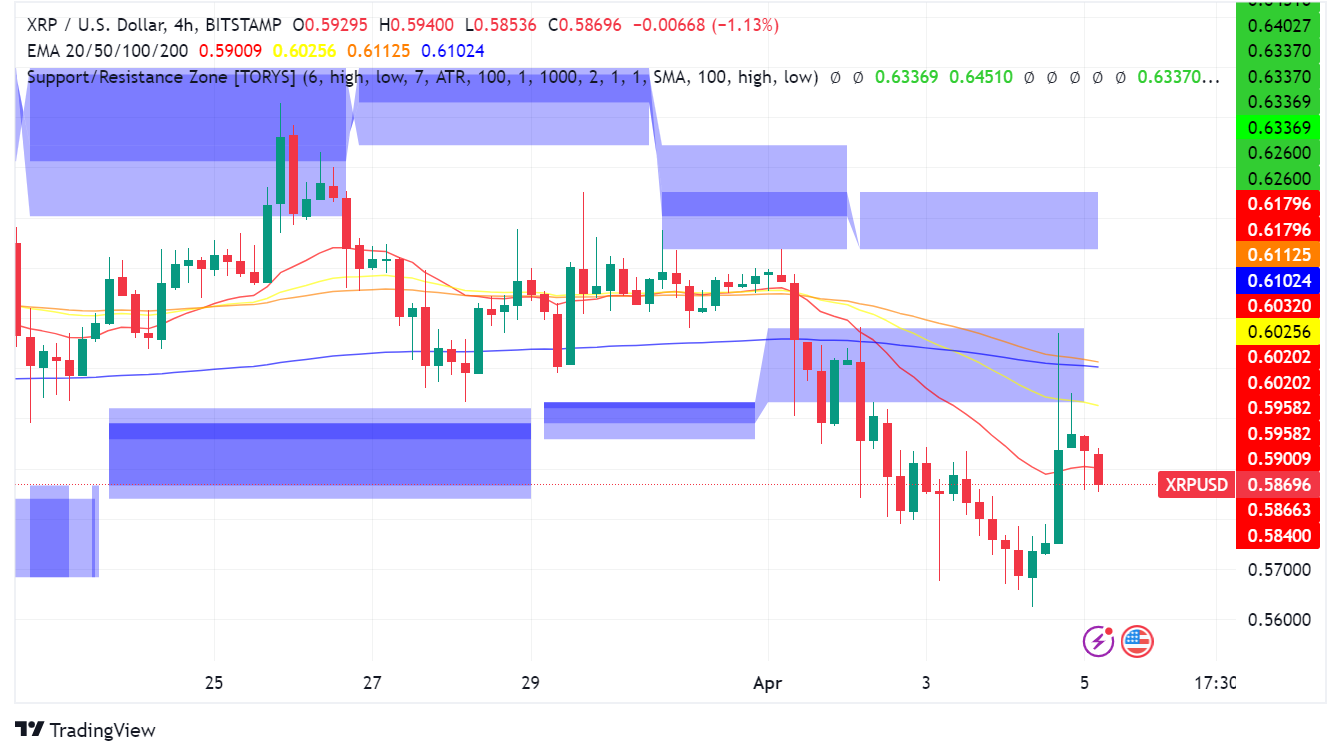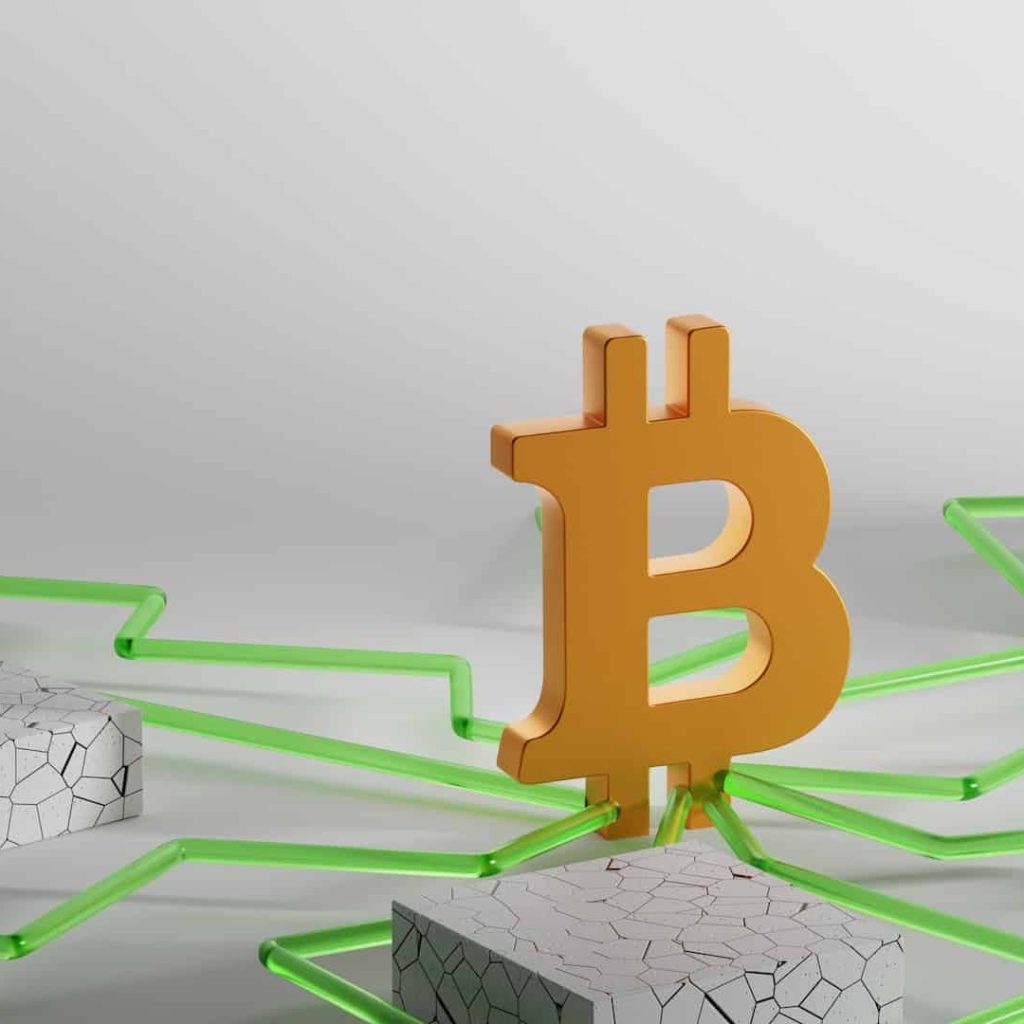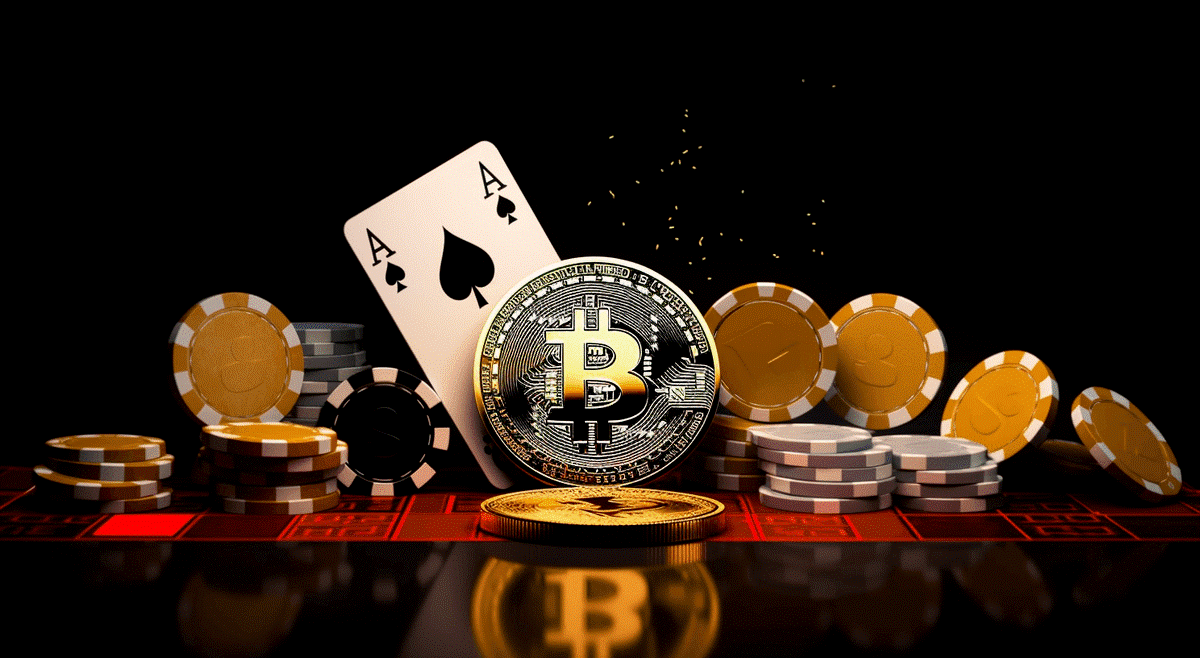Cryptocurrency company Ripple has announced that it’s introducing a stablecoin. The value of the new stablecoin currency will be tied to the value of the US dollar. The goal is to bridge the gap between cryptocurrencies and traditional finance and to fulfill the need for that particular spot in the market.
The name of the new currency has not yet been announced, and we don’t yet know when it will be available. The decision has sparked conversation about how it will affect the markets and what it means for XRP, the crypto operated by Ripple.
How the New Stable Coin Will Work
The stablecoin will be issued on the XRP Ledger and on Ethereum at first, but the goal is for it to be issued on other blockchains in the years to come. It will be backed by U.S. dollar deposits, short-term U.S. Treasurys, and other cash equivalents, as is the case with most other stablecoins.
The value of the stablecoin will be 1:1 in comparison to the value of the US dollar. That way, the value of it will be subject to inflation as much as the US dollar itself is.
The Uses
There’s a growing need for stablecoin as it is widely used in many industries that are apprehensive about crypto volatility but want to use all the advantages of a blockchain network. The gambling industry is a perfect example. Bitcoin slot games at best casinos chosen by Webopedia, are among the most popular gambling games out there.
However, the users who play with Bitcoin aren’t sure how much their winnings will be worth in a matter of months as the value of Bitcoin changes. With a stablecoin, the players get the speed and ease of transfer but with much less volatility.
The Stablecoin Market
The stablecoin market is worth about $150 million at this point, which goes to show that it’s lucrative enough, even though it can’t be compared with crypto. The market is also pretty crowded as it has a few major stablecoins that dominate it and many smaller ones with a stable customer base.
The biggest stablecoins at the moment are Tether’s (USDT) and Circle’s (USDC). Ripple stablecoin will be going after these two as their biggest competitors. It has a blockchain network, and brand recognition is needed to achieve this goal.
US SEC Fine
The decision to create a stablecoin has come at a difficult time for Ripple. The U.S. Securities and Exchange Commission fined it over sales of the cryptocurrency XRP. The fine is set to $2 billion, and it’s one of the largest that anyone in the industry has faced before.
SEC started its case against Ripple in 2020, and it claims that the company illegally raised more than $1.3 billion in an unregistered securities offering by selling XRP. It also sued the co-founder and the CEO of the company, Chris Larsen and Brad Garlinghouse, but those charges were dropped.
Many believe that the decision to create the stablecoin is somewhat related to the fine and the expenses it’s putting on Ripple.
Business Trouble For Ripple
Ripple and its crypto XRP have been in a very specific kind of trouble for the past year or so. The currency is among the most widely used, but it could never compete with the two biggest ones. The company has also had problems entering into long-term partnerships with tech companies due to the volatility of its main cryptocurrency.
Creating a stablecoin can be a way to deal with those problems simply by having a less volatile product to put out there.
“Nobody is using XRP itself as the method of payment, just like nobody is really using BTC much for that,” Columbia Business Professor and former Paxos stablecoin fund manager Austen Campbell said.
It remains to be seen if the new stablecoin will change that and put Ripple on the map for its main service.
What Ripple Was Doing Well?
That isn’t to say that Ripple is a bad company or that XRP is a bad cryptocurrency. It has plenty of users, and in the long run, it’s not as volatile as any other currency. Ripple has also done important work in creating a community of users (the XRP Army), and that community has played a big role in the world of crypto.
Ripple also advocated for the cause of cryptocurrencies in front of the SEC. The company argued that the SEC should treat cryptocurrencies as assets, similar to traditional ones such as stocks or bonds. At the time, it was an innovative approach to the market, and now it seems that it’s widely accepted, especially when crypto ETFs are introduced and widely used.
Ripple Partnerships
Ripple has entered into many interesting partnerships in the past to create decentralized finance services. These haven’t always worked out as the company has intended, and many have failed over the years. Creating a stablecoin can be an interesting move in this direction as it can be used for the same purpose but without the volatility.
xRapid (rebranded as Ripple ODL) was one of such partnerships. It was an app made to send remittances between the U.S. and the Philippines. The partnership fell through when one of the partners got out of the remittance business altogether.
Santander, one of the largest banks in the E.U., has also ended its relationship with Ripple, as its XRP crypto wasn’t suited to the needs of its customers. The company also got into a complicated relationship with MoneyGram. A class-action lawsuit was filed by shareholders alleging MoneyGram should have been aware that XRP could have been deemed a security.
The question of how to define XRP, as a currency or as a security, is technically still open as it’s a part of the lawsuit the company is filing against the SEC.
A push for stablecoin can be a way to bring all of these ventures to life and once again put Ripple on the map of the crypto world.
Regulatory Issues
Even though introducing a stablecoin in order to get close to the traditional financial markets seems like an intuitive idea, and it can be lucrative, there are still concerns. The main reason is that stablecoins are a relatively new invention, and they are not regulated the way cryptocurrencies are.
The EU has just come out with the most comprehensive set of crypto regulations that the US will likely mimic to an extent. However, it doesn’t go into depth when it comes to stablecoins due to how new and fragile the market is still. That’s one of the issues the new Ripple stablecoin will have to deal with as well.
Conclusion
Ripple, the company behind the XRP cryptocurrency, has announced that it’s introducing a stablecoin. The news comes at an interesting time for the company. It’s fined by the SEC, and the stablecoin market is somewhat crowded at the moment. Ripple has also entered into a relationship with several financial institutions that didn’t go as planned.
Some claim that introducing the stablecoin will address these issues and cover the fine or at least a portion of it. It can also be a valuable addition to the stablecoin market.





